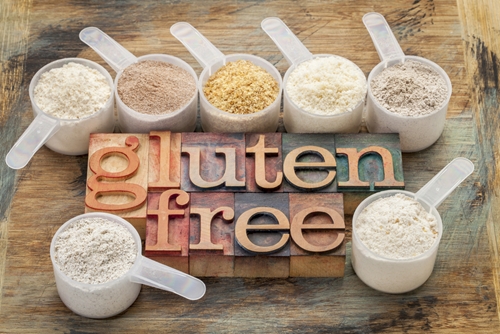You’re not alone – gluten confuses a lot of people. An NSF International survey found that while 90 percent of Americans have heard of gluten, more than half can’t accurately define it.
Apparently, though, people don’t have to know much about gluten to know they don’t want it. National Public Radio revealed that apart from the 1 percent of the U.S. population with celiac disease – an immune disorder causing gluten intolerance – nearly 30 percent avoid gluten-laden foods for other personal reasons.
“Public opinion around gluten can influence how commercial foodservice operates.”
Regardless of your stance on gluten, public opinion around it can influence how commercial foodservice operates, right down to the equipment organizations use to prepare meals. What should supermarket managers know to stay ahead of the gluten game, keep customers safe and deliver products everybody loves?
Gluten-free kitchens are in the eye of the beholder
When a customer approaches a food maker with an order and discloses an allergy, kitchens make certain accommodations to prevent contamination. Though the symptoms might be similar, gluten intolerance is not the same as an allergy, but Commercial Food Sanitation believes the foodservice industry should treat it like one behind the counter.
What does that mean for prepared foods departments that consider themselves capable of producing viable gluten-free options? They should invest in an equipment line dedicated to only producing gluten-free foods. Not only does this help to protect supermarkets from liability, but customers will only grow to expect it. Regardless of intolerances, a Gallup survey discovered more than one-fifth of Americans enjoy gluten-free foods as part of a regular diet. In every way, consumers are creating a standard for gluten prepared foods departments will need to live by to stay in their favor.
Be aware of gluten-free labeling changes
For a long while, food regulators stayed out of the gluten discussion, but as of 2014 the U.S. Food and Drug Administration has officially weighed in – and what it has to say could impact operations in the prepared foods department.
As of August 5, 2014, the FDA strictly defines gluten-free foods as those with ingredients containing less than “20 parts per million” of gluten. Furthermore, the FDA also specifies “any unavoidable presence of gluten in the food must be less than 20 ppm.”
Again, integrating gluten-free only foodservice equipment into prepared food department operations may be the best course of action to stay compliant with the FDA, especially for businesses that pride themselves on their gluten-free menus. In commercial bakeries where the risk of contamination of raw materials or products with gluten is high, testing the “20 ppm” FDA standard may not be feasible otherwise.
The gluten movement isn’t going anywhere – if anything, it’s intensifying as more customers not only seek out alternatives to a grain-heavy diet, but look for fresh prepared meals that satisfy their appetites as well as their intolerances. A prepared foods department that offers real, unquestionable gluten-free meals demonstrates a commitment to its customers and community, as well as leadership in its industry.
